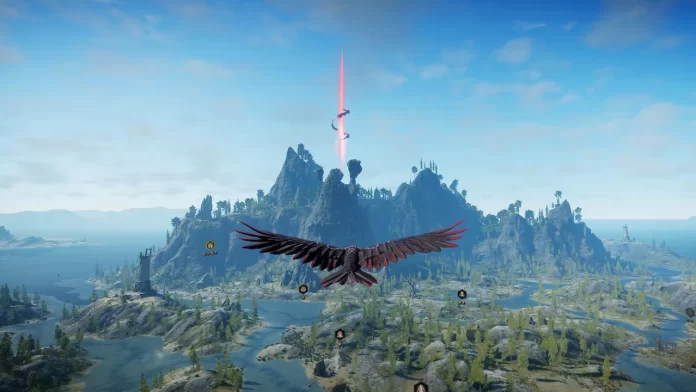We played Ravenbound, the Roguelite Open World with a fantasy atmosphere based on Scandinavian folklore.
It is now clear that roguelikes are one of the videogame genres most appreciated by gamers and most of the independent productions that have enjoyed more than moderate success in recent times belong to this category. We are reminded of the infinite possibilities offered by The Binding of Isaacthe frantic attempts to escape from the underworld of Hades and the pure action of dead cells.
Well, the roguelike meets the open world dimension in Ravenbound, the latest effort of Systemic Reaction, the team known to the public for having given birth to Generation Zero and Second Extinction (our trial of Second Extinction is just a click away), the dinosaur-based FPS postponed to a later date. After testing an old build that brought out more shadows than lights in this production, we finally got our hands on the final version and are ready to tell you every detail.
A different Roguelite than usual
If there’s one thing the development team doesn’t like, it’s calling Ravenbound a game about Vikings. Although a distracted view of the images or trailers may suggest otherwise due to some aesthetic similarities, the Systemic Reaction title has nothing to do with the themes covered in an Assassin’s Creed Valhalla (here the review of Assassin’s Creed Valhalla), since has its roots in Scandinavian folklorein which more attention is paid to horrific creatures such as Draugr And Nisser than to capricious divinities with a complex genealogy.
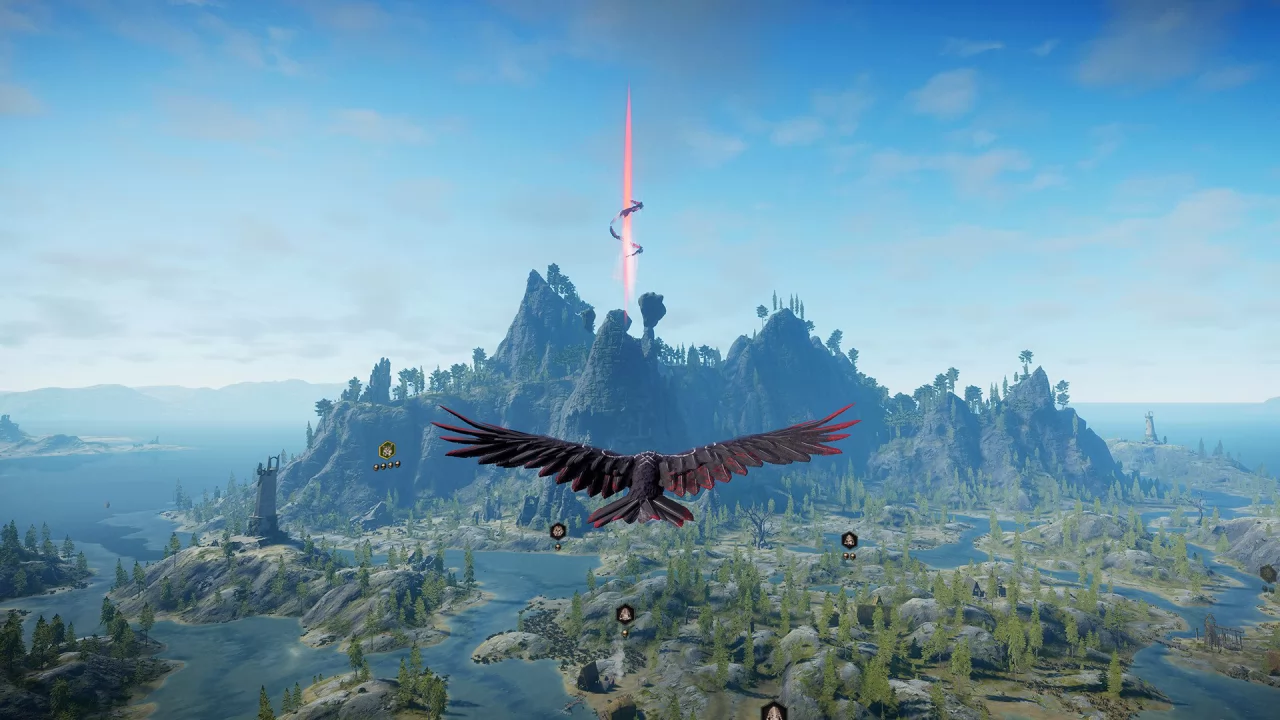
In what the developers call a ‘nordic fantasy’ context, the player takes the role of a pawn in the hands of higher beings who use us to get revenge. The powers of this “pawn” can be transferred from one being to another and this serves as a pretext to justify the roguelite mechanics (there is a permanent progression outside of the runs), which follow a philosophy very close to what we saw in Rogue Legacy . In this case we are not dealing with the heirs of the soldier who fell in battle, but with each death they will be proposed to us three characters with random unique traits, among which we find the arsenal and the race to which they belong. In addition to the humansRavenbound also includes two types of anthropomorphic warriors whose features resemble those of deer and felines.
Chosen our Vessel, we are catapulted into the huge Ávaltone freely explorable map in every corner and with a remarkable extension.
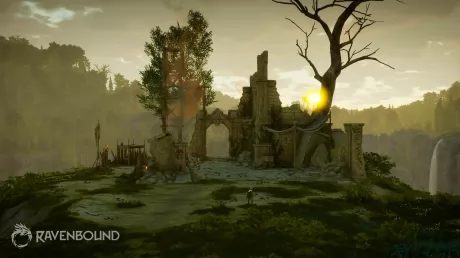
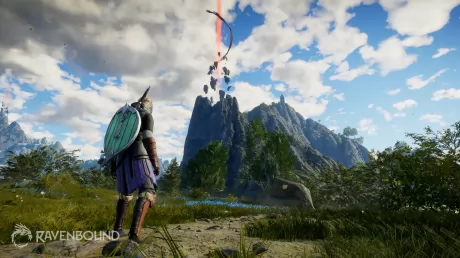
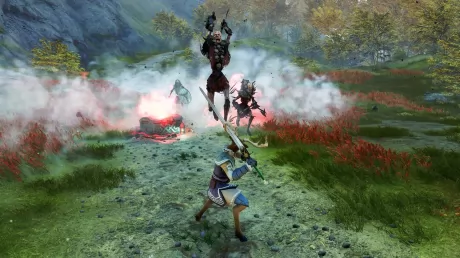
The ultimate goal of each game is to defeat three of the five bosses and unlock access to the final battle, so as to fulfill the will of our principals. Obviously it is not enough to reach the boss fight places and destroy the enemies to advance, since Ravenbound is a title from the quite high level of challenge and features an in-game progression system that requires a certain amount of dedication from the player to be fully understood. In the System Reaction game you have to forget about the classic loot or access to upgrades through the accumulation of experience, since here it all revolves around a deck of cards the use of which is not so different from what we saw in Heartstone. Eliminating opponents and opening chests adds random cards to your deck, whose bonuses can be activated only and exclusively by consuming mana points indicated on them. Through these collectibles we can obtain new weapons, armor with more defense points and advantages of various kinds. Getting your hands on these cards is not as easy as it seems, since to add even one to the deck you need to kill all the enemies in at least two of the points of interest scattered around the map.
In this regard, it should be noted that the world of Ávalt it is not procedurally generated, but the enemies that can be found inside it are random: this means that our game will always start in the same place, but already in the first checkpoint we could find, for example, a bandit camp or a couple of ghosts from high level ready to party. The ideal is therefore to identify the easiest threats to eliminate, wisely exploiting the means made available to the player. Ravenbound is a third-person action and its combat system is not the most complex.
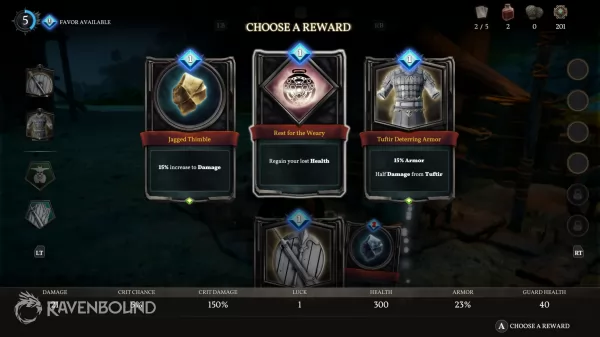
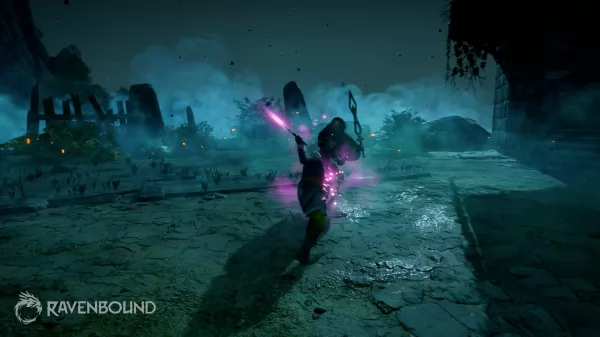
Whether you’re using a two-handed axe, sword and shield, or double bladed, combat works similar in broad strokes: timed dodges trigger a temporary buff to damage dealt, and parries generate an explosion that stuns enemies, making them helpless for a few moments. Flying over the defense animation, which involves the generation of a protective bubble, the entire offensive system is based on these two pillars and is very fast. We are far from the refinement of the most famous action, but all in all the clashes do their duty, although there are some problems.
The camera is probably the most glaring flaw, since even resorting to lock on on the target it is often impossible to have the action on the screen under control and during the repetitive and trivial boss fights this hitch is even more evident due to the conformation of the arena. Also the enemy AI is not without its flaws and it is sufficient that the clash moves a few meters from the camp to cause the opponents to start having strange behaviors due to the desire to return to their default position. We also found a poor balance between the various types of enemies.
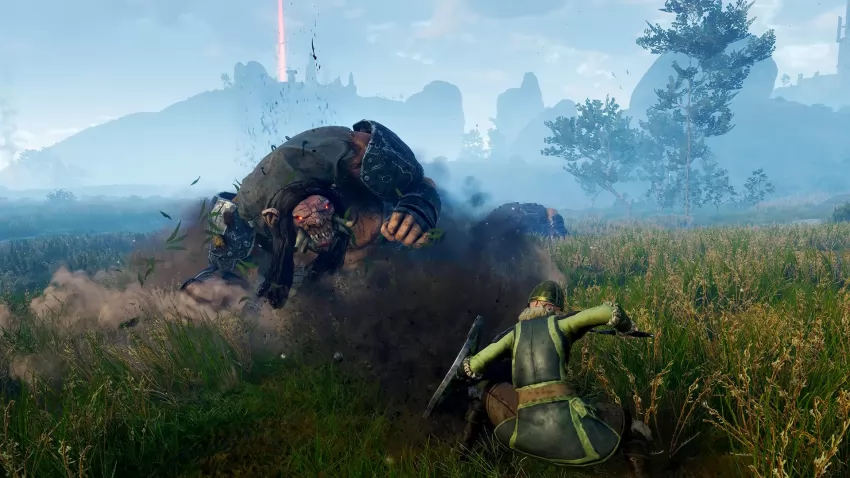
A clear example is represented by goblins, a particularly insidious race of adversaries to defeat. Unlike other creatures, these attackers act in packs and attack simultaneously: the confusion that is created on the screen, combined with hitboxes that are not always precise, makes these clashes sometimes frustrating, difficult to read and sometimes accompanied by unjust departures.
Out and about in a vast… and empty world
While representing the most attractive element in the eyes of the player who is preparing to start Ravenbound for the first time, the open world is not spotless, thanks to some edges that negatively affect the experience. On balance, this broader dimension is a double-edged sword, think, for example, of the long and boring phases of movement. There is a possibility to transform into a crow and move quicklybut that mechanic has stakes that we found unnecessarily annoying.
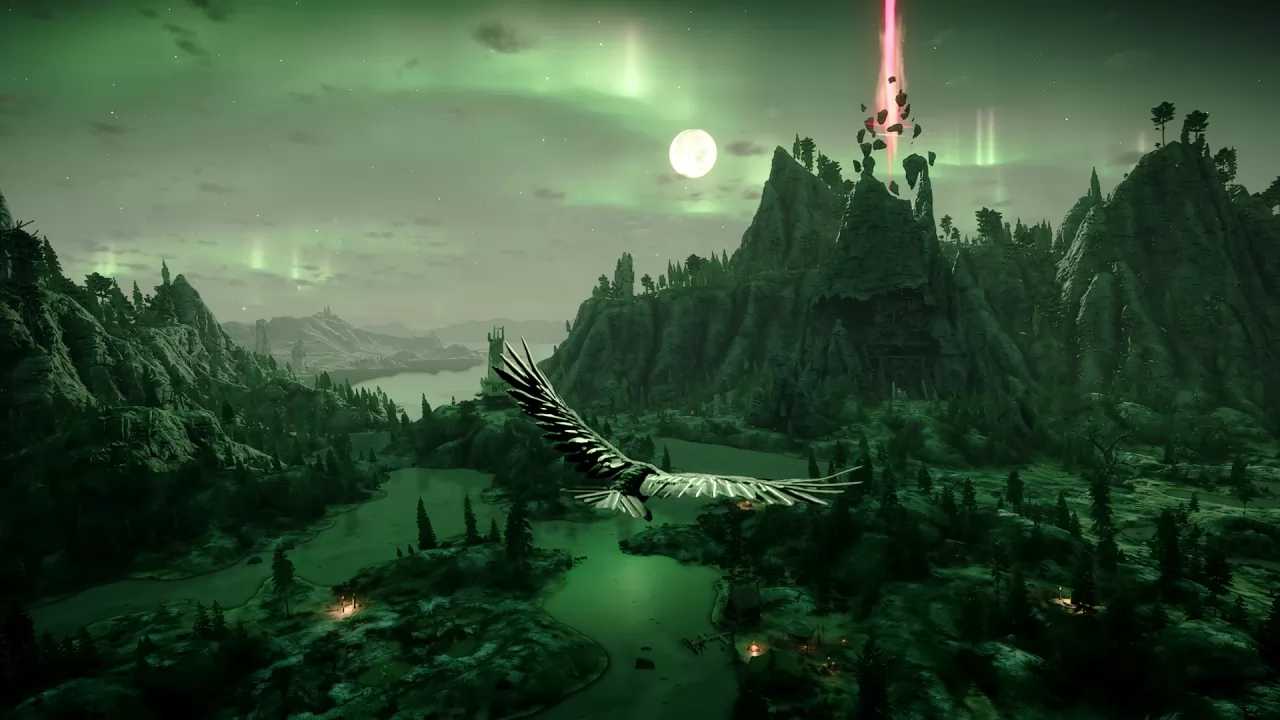
Most of the walkable surface is devoid of points of interest and the only way to take on the raven appearance is to reach specific locations which, although present in large numbers, are often and willingly difficult to locate.
In Ravenbound there is no map to consult and the screen icons that mark the presence of a checkpoint appear only while flying or being in their vicinity: this particular, coupled with the impossibility of hovering in the air at any moment, causes a good part of the run to be spent running into thin air, risking getting a malus for too much time elapsed between one boss fight and another. Difficult to justify is also the presence of grappling hookwhich just like in the old tested build continues to rest on unconvincing animations and little practical use.
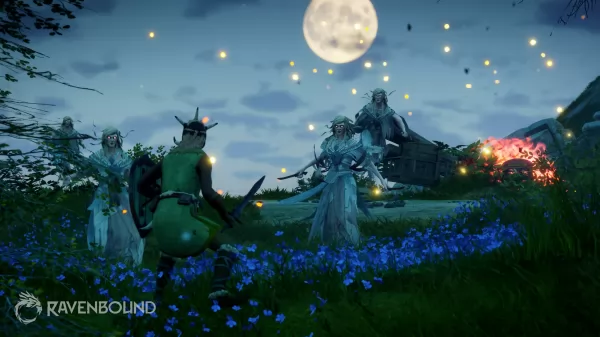
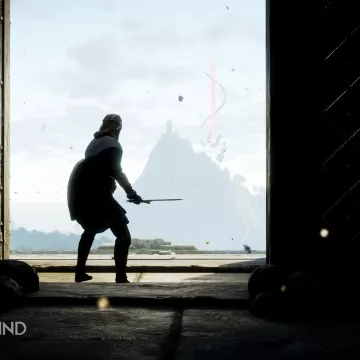
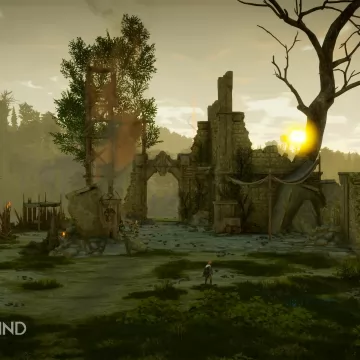
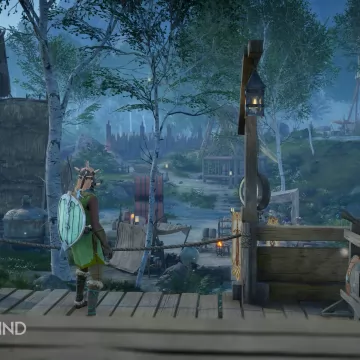
Of course, from time to time you can find some ruins or caves that require you to call up the gadget to reach otherwise inaccessible places, but in any case it is a marginal element that would have deserved more attention both in its construction and in a level design which enhances its effectiveness. We must also report the little variety of the proposed scenarios, since the few biomes on the map are all very similar to each other and, as already mentioned, most of Ávalt is made up of expanses of sand, forests and small isolated bodies of water. In addition to a few towers or forts, from time to time it is also possible to run into very content population centres which act as hubs.
In these places, side missions are accepted that provide the Vessel with some coins to spend on recovering health or buying more cards. Too bad, however, that the dialogues with which the characters will entrust us with the tasks are too simple and the few NPCs on the screen appear as inanimate puppets: they stand still and you just need to get close to them to move them as if they were feathers.
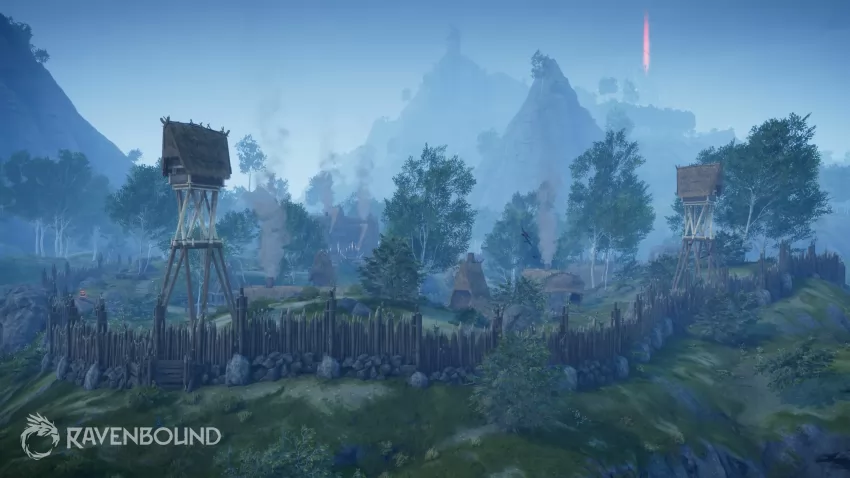
Exploration, as well as the elimination of enemies, are both essential for the purposes of progression. Ravenbound is in fact a roguelite and has some permanent elements between runs, which however do not concern the simple enhancement of the protagonist. In this sense it is only possible to go and unlock new traits that we can find randomly in the characters available at the beginning of the journey, or to expand the deck of cards, so as to be able to find even more effective armor, weapons and power-ups during the games.
Fantasy with little imagination
On the technical front, Ravenbound is not surprising and uses the proprietary graphics engine of Systemic Reaction, which takes the name of Apex Engine. Although the performance of the game is more than fair and there are no framerate fluctuationsthe visual quality is only average and it is enough to get close to any enemy or element of the scenario to notice its defects and simplifications.
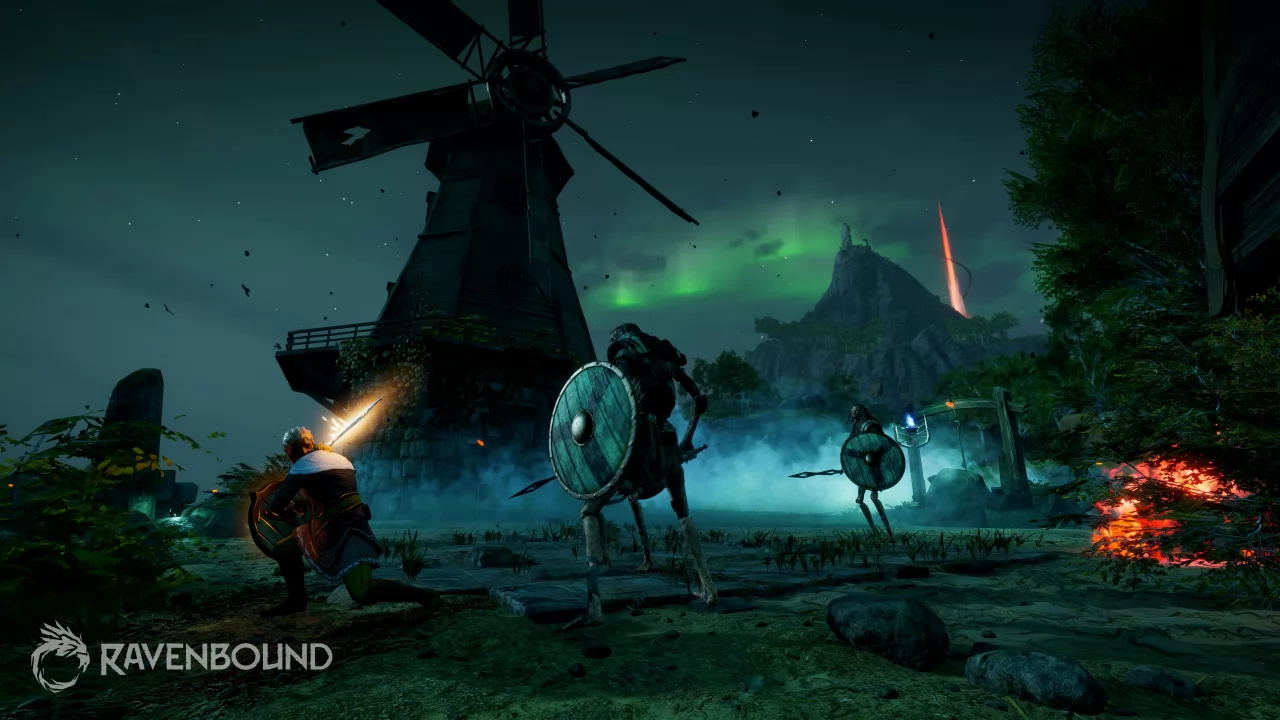
Despite everything though, Ávalt boasts some notable views and in some light conditions it is pleasant to fly over the map, perhaps with the northern lights in the background. During our games we also encountered some rather annoying bugs, since we found ourselves having to face bosses whose health indicator did not reflect the damage suffered, all while the camera made it particularly difficult to keep an eye on the large enemy and avoid his attacks.
The artistic direction does not show particular flashes but does not fail to confer either a certain personality to the bestiary. We would have liked to see a greater variety of bosses, which unfortunately are all very similar to each other.
